TA-FEEDMIN
The Necessity of Adding Minerals to Shrimp Diet
As a fast-growing species with frequent molting frequency, whiteleg shrimp has a very high mineral requirement, especially for three macro-minerals including magnesium (Mg), potassium (K) and calcium (Ca). Therefore, the addition of minerals to the diet is extremely necessary to improve health, increase survival rate and growth rate of farmed shrimp, especially in intensive farming models.
As a crustaceans, whiteleg shrimp can only grow through molting and new shell formation. This is a process that requires a lot of nutrients, especially minerals, and if not fully met, it will cause slow growth, weakness or possibly mortality when molting. Therefore, mineral supplementation for shrimp is extremely necessary because unlike in the wild, the amount of minerals present in ponds, especially in intensive culture ponds, is very limited and often lacking when shrimp begin the molting process.
1. The role of magnesium, potassium and calcium minerals
In the mineral requirement of shrimp, magnesium (Mg), potassium (K) and calcium (Ca) are three essential macronutrients that are especially needed because they not only directly form the chitinous exoskeleton, but also plays an important role in other metabolism processes of cultured shrimp.
1.1. Magnesium (Mg)
During molting, shrimp need to absorb large amounts of magnesium to mineralize their exoskeleton. In addition, magnesium also acts as an important catalyst for enzymes in the metabolism of carbohydrates, proteins and lipids. It is required for the formation of important enzyme complexes (ATP-Mg2+ and ATP-Na+/K+) for the regulation of osmotic pressure and ion concentration to adapt to environmental salinity. Lack of Mg, shrimp will have weaker feeding and high mortality.
1.2 Potassium (K)
Potassium plays an important role in the regulation of osmotic pressure, metabolism and enzyme activities in cells. When absorbed into the stomach and intestines, potassium will lower the pH, creating the necessary alkaline environment, thereby increasing the release of enzymes from the hepatopancreas, helping shrimp digest food well and get enough nutrition for the molting process. Lack of potassium, shrimp will be slow to grow, stunted, easily catch chisel muscle, curved body and if transferred heavily, it can lead to mass mortality of shrimp.
1.3. Calcium (Ca)
Not only is calcium essential for the formation of the chitinous shell of shrimp, calcium also plays an important role in muscle functions, blood clotting and osmotic pressure regulation. Lack of calcium, shrimp will be soft shell, not hard shell after molting or not molted periodically. In addition, calcium also functions as a buffer in the pond water environment, helping to increase alkalinity and stabilize pH.
2. Adding minerals for shrimp
Like many other living organisms, shrimp cannot synthesize minerals on their own, but must absorb them from outside sources. To add minerals to shrimp, people can splash it directly into the water or mix it with food, but it needs to be calculated rationally based on factors such as:
2.1. Salinity
The salinity of the water is related to the process of balancing the osmotic pressure of the body (blood and muscles) of the shrimp, thus directly affecting the shrimp’s ability to absorb and excrete minerals. The osmotic pressure of the shrimp body will increase with the salinity of the water, but slower than the osmotic pressure of the environment.
2.2. Mineral ratio
Shrimp need minerals to grow, but mineral supplementation for shrimp needs to be based on reasonable proportions because each different mineral will affect the usefulness of each mineral. For ponds with low salinity but the mineral ratio suitable not necessary to add minerals if the shrimp are still growing normally.
|
Mineral ion |
Suitable ratio |
|
Na : K |
28 : 1 |
|
Mg : Ca |
3,4 : 1 |
|
Ca : K |
1 : 1 |
Table 1. Suitable minerals ratio in pond
2.3 Molting period
During molting, shrimp’s mineral requirement will increase 2-4 times than normal to form a new shell. Because shrimp often molt at night, when the pH in the pond decreases, farmers need to pay attention to supplementing minerals at this time, especially at 2-4 am when shrimp have molted and begin to absorb minerals to create a new exoskeleton.
|
Age |
Molting number |
Total number/month |
Time between molting days |
|
1-7 |
7 |
16-18 |
1 |
|
8-15 |
4 |
2 |
|
|
16-30 |
5 |
3 |
|
|
31-45 |
2 |
4-6 |
7 |
|
46-60 |
2 |
8 |
|
|
61-90 |
3 |
3-4 |
9 |
Table 2. Shrimp molting cycle reference
3. The necessity of additional minerals into shrimp feed
Theoretically, the dietary mineral requirements of shrimp would depend largely on the mineral concentration in the aquatic environment, and fertilizing the pond would be more efficient than mixing minerals into the feed. However, in the practice of whiteleg shrimp farming, because the stocking density is always high and the water salinity is always low (and gradually decreases over time), the addition of minerals directly into the water will not be enough to meet the mineral requirements of shrimp.
For that reason, it is necessary to combine both splashing minerals directly into the water and mixing minerals into the feed to supplement minerals for shrimp. And under specific conditions, the addition of minerals to the feed becomes more necessary for many reasons such as:
- Biologically, the ability to exchange mineral salts with the outside environment also decreases with the maturity of shrimp. This means that the larger the shrimp, the more effective it is to add minerals to the feed than to throw them in the water;
- Minerals in the aquatic environment can be lost due to leaking, water exchange, or absorption into the soil;
- The current industrial shrimp feed is mainly made from beans, so it has large amount of protein but little minerals, it is more loss during processing processes.
Understanding that, Truc Anh BiOtech has created TA-Feedmin – a product mixed with food to supplement vitamins and micro-minerals needed for shrimp to grow.
This is a biological product that has been thoroughly researched and tested by Truc Anh BiOtech, ensuring both quality and safety for the environment and consumer health. Farmers can mix 5g of TA-Feedmin into each 1kg of food and feed shrimp every day, continuously throughout the crop to help shrimp grow faster, and at the same time prevent diseases on shrimp due to mineral deficiency.
When shrimp have symptoms of curved body, muscle turbidity, softshell, farmers can increase the dose to 7-10g per 1kg of feed, feed all meals of the day and use continuously until the condition of shrimp returns to normal. To increase the efficiency of use, in the process of feeding shrimp, it should be combined with TA-Binder to avoid loss and stimulate shrimp to catch feed.
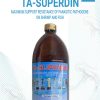
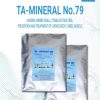
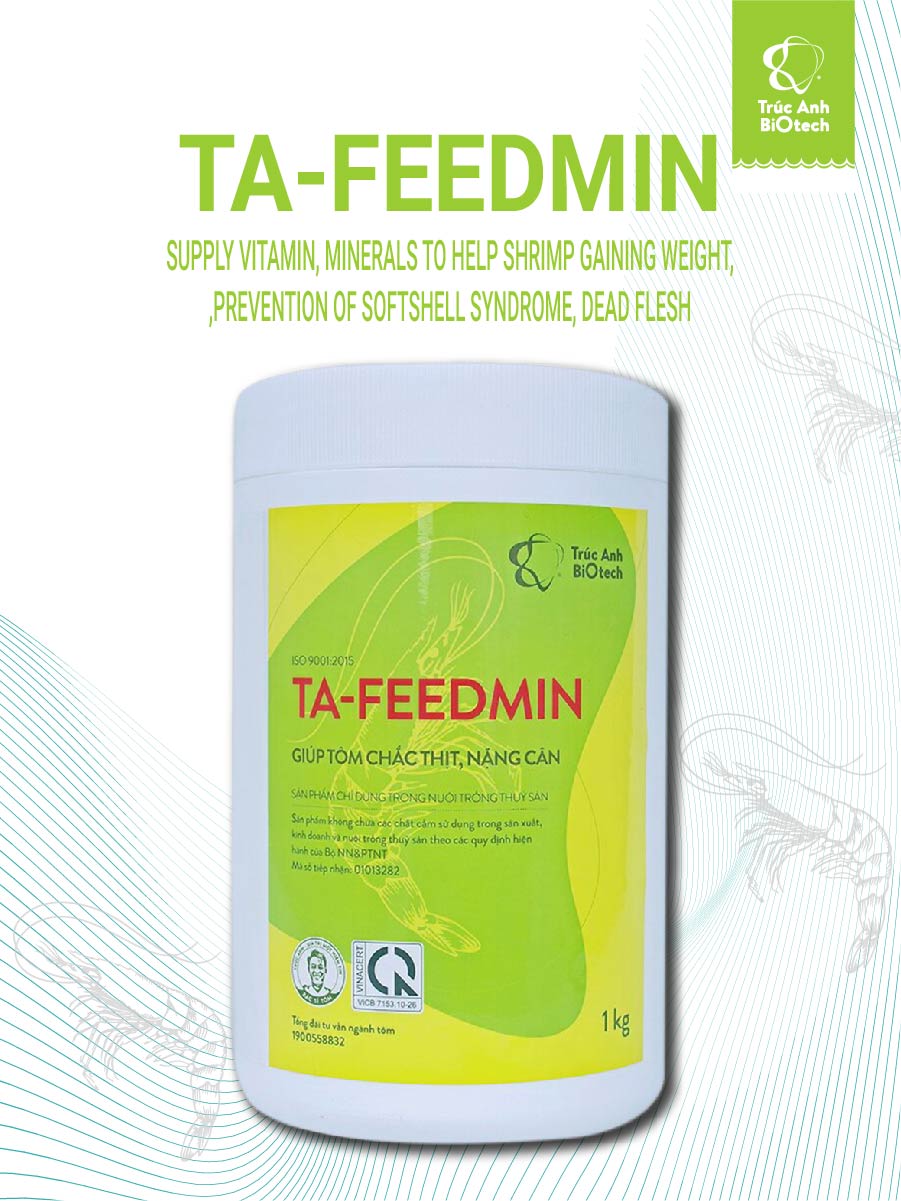
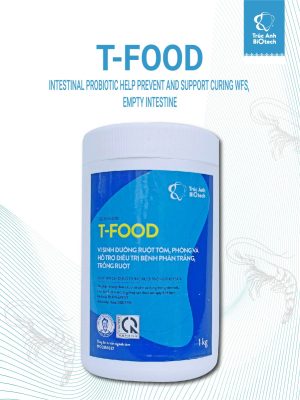
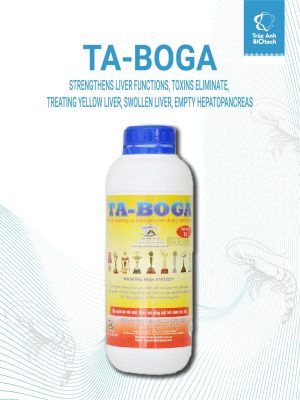
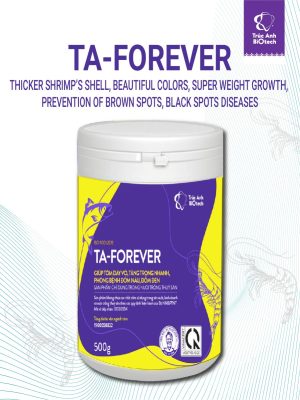
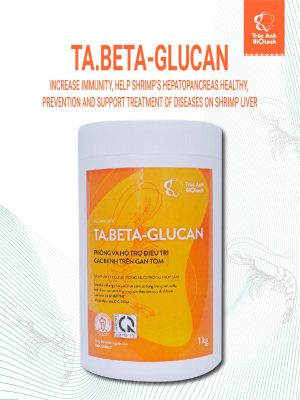
Reviews
There are no reviews yet.